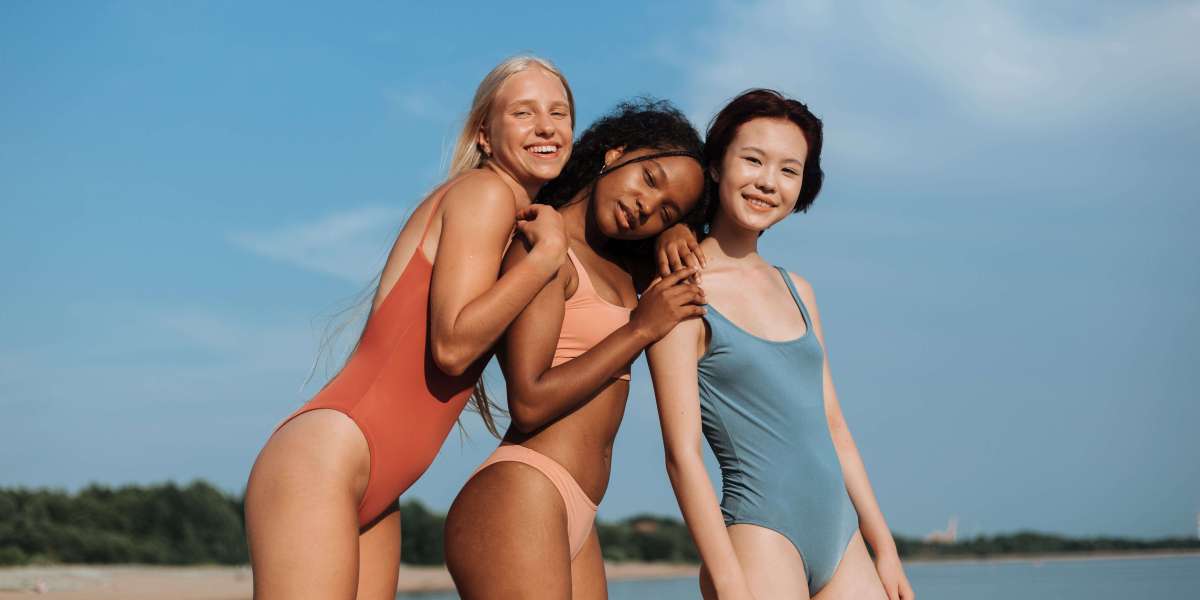The swimwear industry, a vibrant and ever-evolving sector, demands a keen understanding of diverse market needs. Designing custom swimwear isn't merely about aesthetics; it's an intricate process that intertwines cultural nuances, fashion trends, and functional requirements. What are the critical aspects of designing swimwear tailored for various markets? Let’s explore it!
Key to designing swimwear for different markets is understanding regional tastes and cultural sensibilities. For instance, European markets often favor high-fashion, luxury designs, while North American consumers might prefer comfort and versatility. In Asia, modest designs with innovative cuts are gaining popularity. Conducting market research, such as surveys and focus groups, helps in grasping these regional preferences.
According to the Global Swimwear Market report (2023), the industry is projected to grow significantly, driven by increasing interest in water sports and beach tourism. The report highlights a growing demand for eco-friendly and size-inclusive options across various regions.
The choice of fabric is crucial in swimwear design. While Lycra and nylon remain popular for their elasticity and durability, there's a growing trend towards sustainable materials like recycled polyester and Econyl. Innovative fabrics that offer UV protection, chlorine resistance, and quick-drying properties are also gaining traction. For example, Australian swimwear brands are pioneering in using fabrics that withstand harsh sun exposure and saltwater.
Staying abreast of global fashion trends while customizing for local markets is vital. While bold prints and high-cut bikinis may dominate in fashion-forward markets like Brazil, more conservative styles may be preferred in the Middle East. Customization also extends to size and body type considerations, embracing a more inclusive approach to design. This aligns with industry data indicating a rising demand for plus-size swimwear worldwide.
Digital tools have revolutionized swimwear design. 3D modeling software allows designers to create precise patterns and visualize designs on different body types. Moreover, AI-driven trend forecasting can provide insights into emerging trends and consumer preferences in different regions.
Sustainability is a global concern, and swimwear brands are not exempt. Consumers increasingly prefer brands that demonstrate environmental responsibility. This involves not only using eco-friendly materials but also adopting ethical manufacturing practices. For instance, Scandinavian swimwear brands are known for their strong focus on sustainability and ethical production. A notable example is the American swimwear brand, Summersalt. They've successfully tapped into diverse markets by offering a range of styles, focusing on sustainability, and using data to understand body types and preferences across different regions.
Designing custom swimwear for various markets is a complex yet rewarding endeavor. It requires an in-depth understanding of regional trends, sustainable practices, and innovative use of technology. As the industry continues to evolve, designers and brands that adapt to these diverse needs and preferences will lead the wave in this dynamic market.







